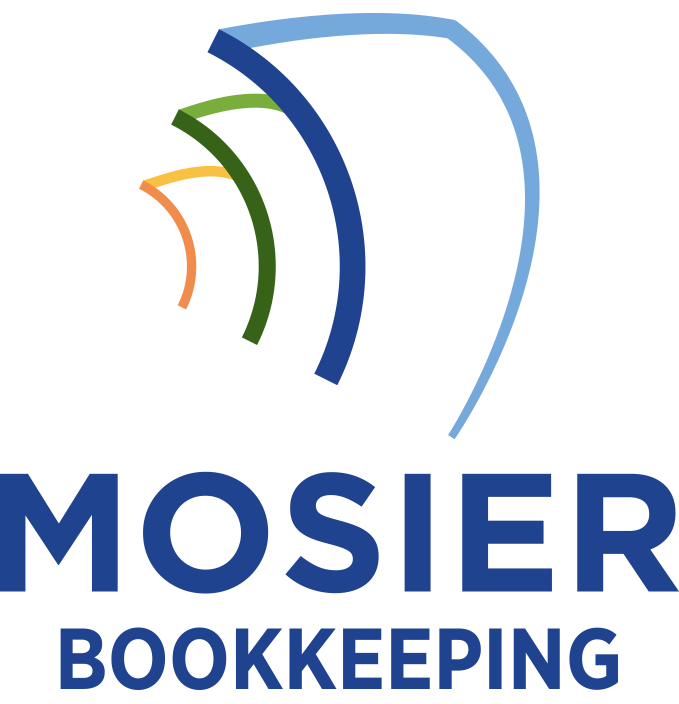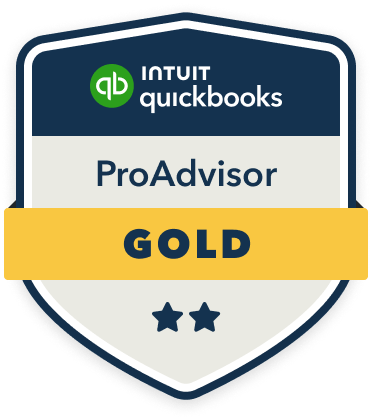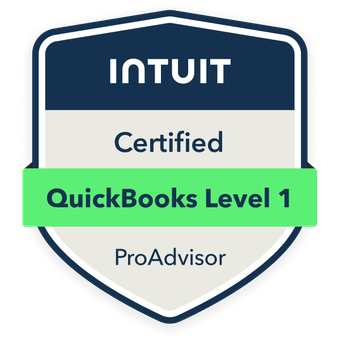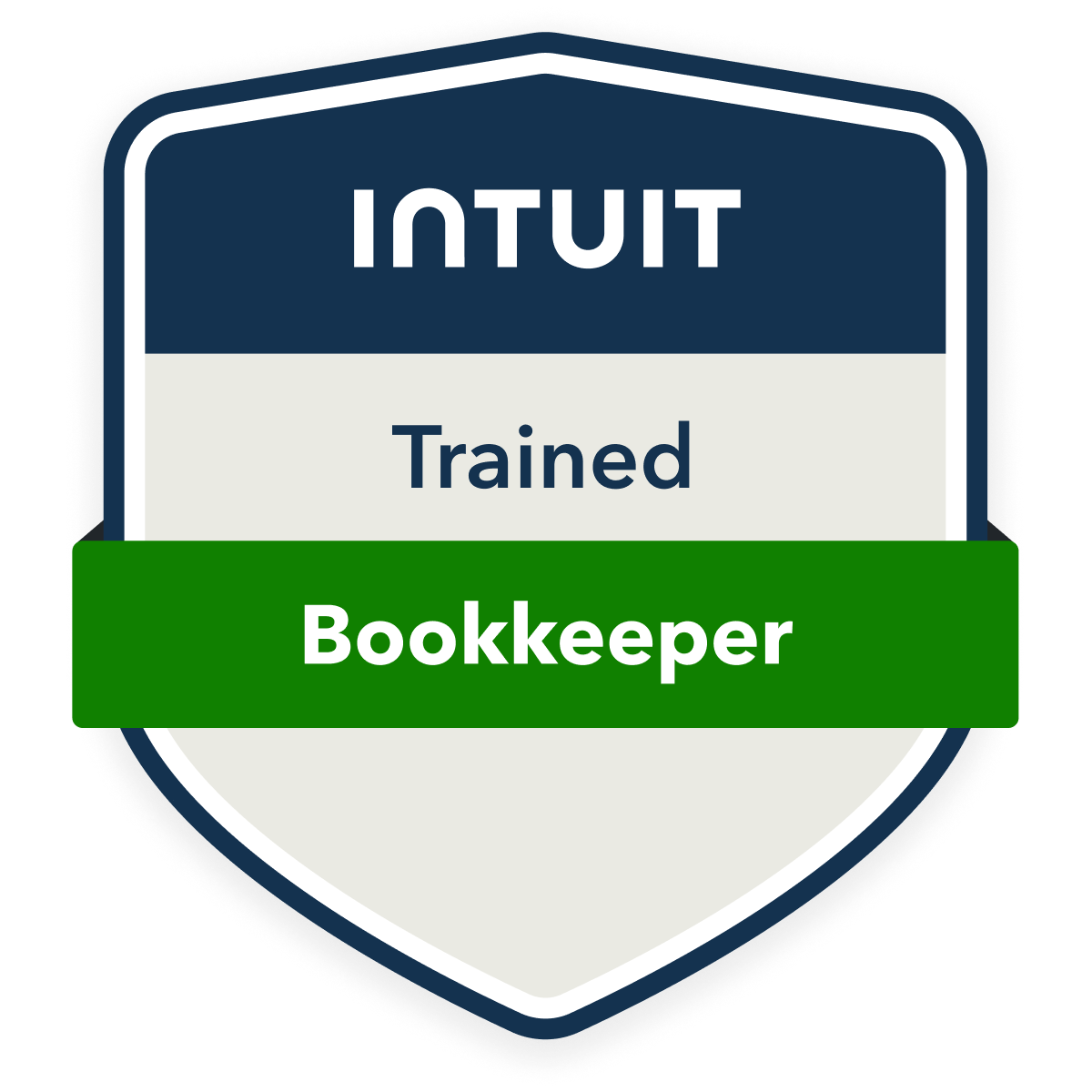Effective compliance-based bookkeeping requires implementing multiple integrated systems and controls. I recommend starting with GAAP-compliant procedures, establishing clear audit trails, and maintaining thorough documentation for all financial transactions. You’ll need to enforce segregation of duties, utilize standardized templates, and leverage technology solutions like cloud-based ERP systems to automate controls. A thorough understanding of these core elements will help you build a robust compliance framework. Let’s explore each component in detail.
Understanding Key Compliance Requirements in Financial Record-Keeping

The foundation of effective compliance-based bookkeeping rests on understanding and adhering to key regulatory requirements. I’ll guide you through the essential compliance elements you must master to maintain proper financial records.
You’ll need to implement GAAP standards, maintain audit trails, and establish internal controls. Your records must demonstrate transparency through detailed transaction documentation, segregation of duties, and regular reconciliations. I recommend focusing on the specific regulations governing your industry, whether it’s SOX for public companies, HIPAA for healthcare, or BSA for financial institutions.
Critical compliance areas include accurate revenue recognition, expense tracking, and thorough documentation retention policies.
Implementing Internal Controls and Documentation Systems
Strong internal controls serve as your organization’s first line of defense against fraud, errors, and compliance violations. I recommend implementing a thorough system of checks and balances, including segregation of duties, authorization hierarchies, and regular reconciliations.
To fortify your control environment, you’ll need robust documentation procedures. I advise establishing standardized templates for financial transactions, maintaining detailed audit trails, and implementing automated workflows. Your documentation system should capture key approvals, supporting evidence, and compliance validations.
Leverage technology solutions to enforce these controls systematically. This guarantees consistent application of policies while providing real-time monitoring capabilities.
Best Practices for Maintaining Audit Trails

Maintaining detailed audit trails requires systematic documentation of all financial transactions, compliance activities, and system changes. I recommend implementing a centralized digital repository that tracks modification timestamps, user actions, and approval workflows. You’ll need to establish clear naming conventions and version control protocols for all financial records.
I guarantee each transaction links to supporting documentation, including invoices, contracts, and authorization forms. My approach integrates automated logging systems with manual verification checkpoints. I’ve found that regular reconciliation of audit logs against source documents reinforces your compliance position and streamlines external audits.
Managing Segregation of Duties in Compliant Bookkeeping
While implementing compliant bookkeeping systems, effective segregation of duties stands as a critical control mechanism for preventing fraud and errors. I’ll show you how to establish clear boundaries between financial tasks to maintain compliance and protect your business interests.
| Function | Primary Role | Secondary Review |
|---|---|---|
| Cash Receipts | Cashier | Accounting Manager |
| Disbursements | AP Clerk | Controller |
| Reconciliation | Staff Accountant | CFO |
| Journal Entries | Bookkeeper | External Auditor |
I recommend separating transaction initiation, authorization, and recording duties among different staff members. This structure guarantees no single employee controls multiple critical aspects of your financial processes, reducing risk and strengthening your internal controls.
Technology Solutions for Compliance-Based Financial Management

Modern technology solutions have transformed compliance-based financial management through integrated software platforms and automated control systems. I recommend implementing cloud-based ERP systems that provide real-time monitoring, audit trails, and automated compliance checks. These platforms enforce segregation of duties through role-based access controls and multi-factor authentication.
To maximize your control, I’ve found that integrating AI-powered anomaly detection with blockchain-based transaction verification creates an immutable record while flagging potential compliance breaches. You’ll want to leverage automated reporting tools that generate SEC-compliant financial statements and regulatory filings, ensuring your business maintains strict adherence to evolving compliance requirements.
